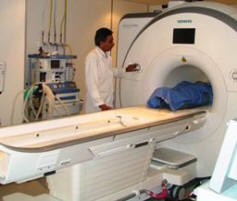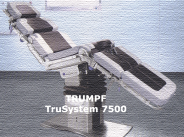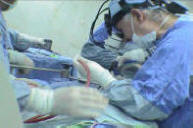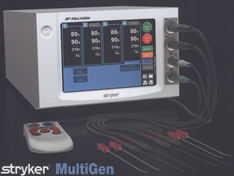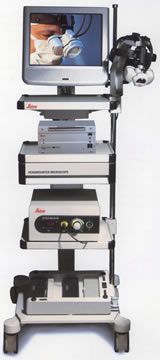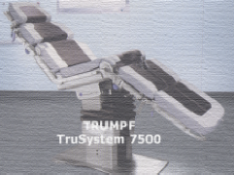|
The human
prion diseases (HPD) are a group of fatal,
progressive neurodegenerative disorders occurring in
inherited, acquired, and sporadic forms. All of them
involve modification of the prion protein (PrP).
Familial forms (caused by inherited mutations in the PrP
encoding gene) are rare and include familial
Creutzfeldt–Jakob disease (CJD), Gerstmann–Straussler
disease (GSD), and fatal familial insomnia (FFI).
Acquired prion diseases include variant CJD, iatrogenic
CJD, and kuru. The sporadic forms include the sporadic
CJD and the more rare sporadic fatal insomnia. The brain
damage observed in HPD is generally characterized by
spongiform changes, neuronal damage and loss,
astrocytosis, and amyloid plaque formation. This causes
severe impairment of brain functions in all disorders
(e.g. memory and personality changes as well as
psychiatric, movement, and sleep disorders). This
inexorably worsens over time, leading to death after a
period of severe dementia with inability to move and
speak.
At present, the definitive diagnosis of HPD is made
through brain biopsy (tonsil biopsy is also useful in
the variant CJD). However, in the appropriate clinical
context, the characteristic periodic EEG (in sporadic
CJD) and/or the positive CSF 14–3–3 protein assay can
allow a probable diagnosis. Historically, imaging
features are not part of the diagnostic criteria for
HPD. There is, however, growing support for MRI to be
included in the diagnostic workup. In this regard, MRI
plays an extremely important role in early diagnosis,
especially with DWI and FLAIR images, which are
undoubtedly the most sensitive for the depiction of
prion-induced brain lesions. The lesions are
characteristically shown as ribbons of cortical
hyperintensity, or basal ganglia or thalamic
hyperintensity. The cortical and deep lesions may appear
alone or together, and although usually bilateral and
symmetric, they may be asymmetric or purely unilateral.
When these MRI findings are observed in an appropriate
clinical context, the diagnosis of HPD is very likely.
1H-MRS
This examination is not included in
the diagnostic work-up of HPD and its use in these
diseases is presently limited to research studies.
However, the use of 1H-MRS could be very useful at early
disease stages to follow-up, through the assessment of
brain NAA levels, the progression of neuronal loss.
Several studies have found significant increases in mI
and decreases in NAA in the gray matter of HPD patients,
related to the pronounced gliosis and neuronal damage.
In basal ganglia, these changes are pronounced from
early stages, making 1H-MRS very useful for longitudinal
assessment of disease evolution or potential treatments.
Since the gray matter quantification of both mI and NAA
is important, short TE (30–35 ms) acquisitions are
preferred in the basal ganglia and neocortical regions.
|
